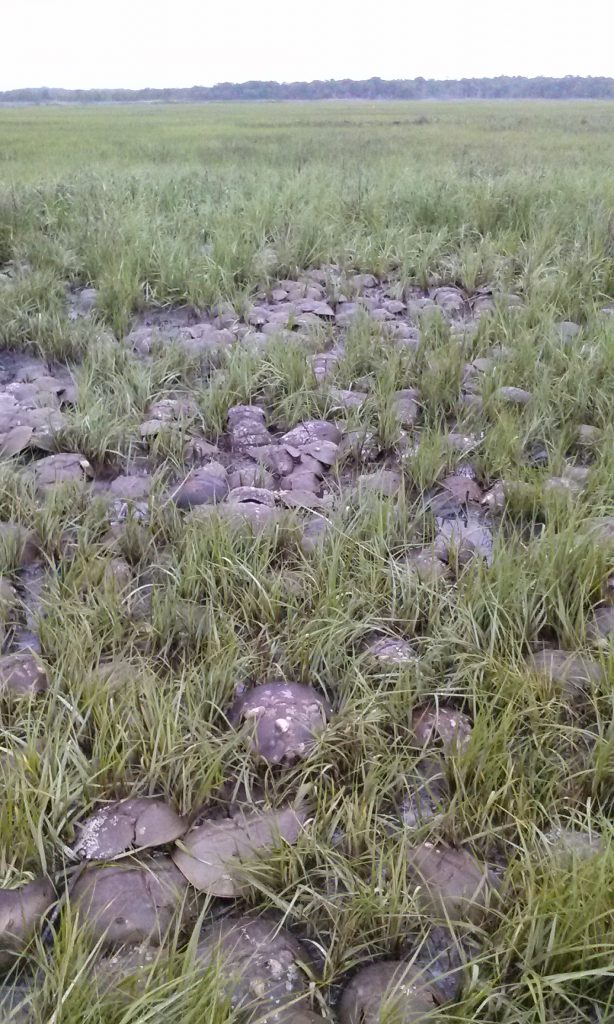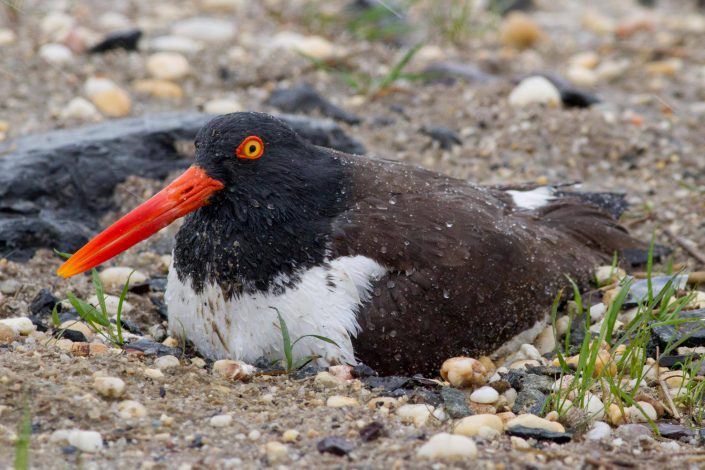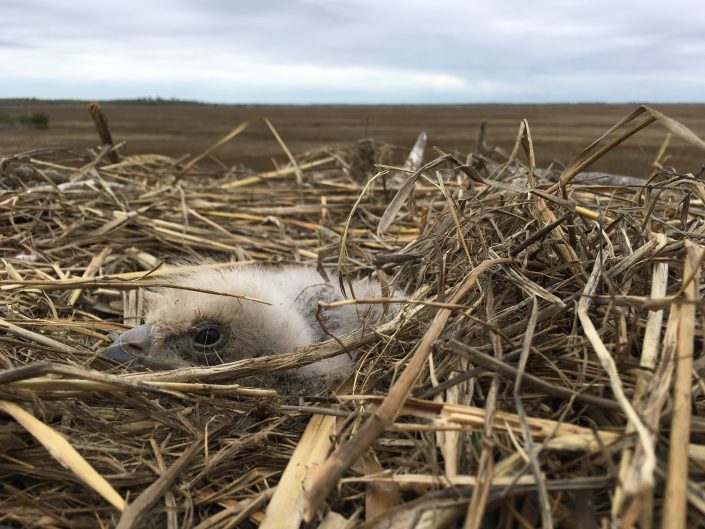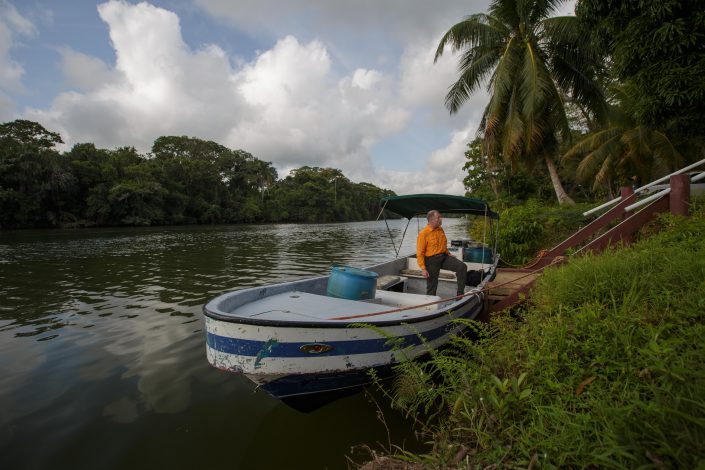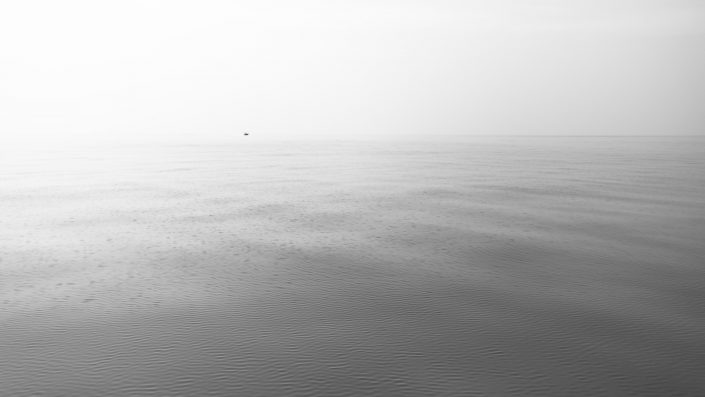An Osprey Rescue
By Meghan Kolk, CWF Wildlife Biologist
I would like to take the time to share a noteworthy event from last week, as well as highlight a CWF volunteer who deserves recognition for his dedication to wildlife. CWF received a call last Friday from a concerned citizen about an osprey chick that had fallen from its nest in Avalon. Osprey chicks are extremely vulnerable to summer storms, and are often blown right from their nests in strong winds. The storm that pushed through the area Thursday night had likely blown this chick out of its nest onto the marsh below. This particular nest had just been surveyed on July 6 and had contained three young chicks.

Often when staff members are not available to respond to calls like this, we rely on our volunteers to represent us. In this case, when CWF volunteer John King got the call, he hooked up his boat and immediately headed out to assess the situation in hopes of making a rescue. When he arrived on the scene, John realized that there were actually three osprey chicks on the ground below the nest; however, two of them were unfortunately already deceased. The parents were also sitting on the ground with the one surviving chick when he arrived. John picked up the chick and examined it for injuries. When he determined it was in good condition, he carried it up a ladder and placed it back into the nest as the parents circled and screamed above him. As he left the site, the parents immediately returned to the nest to check on their chick.

Even though John was only able to save one of the three chicks, this was still a success story that would not have been possible without the help of a devoted volunteer. The concerned citizens who had called in the emergency watched the whole rescue from across the lagoon and reported back the following day that the chick was sitting up in the nest looking healthy. CWF also greatly appreciates citizens who care enough to observe wildlife responsibly and report wildlife emergencies when necessary.

John King has been volunteering for CWF for many years and has worked on several projects including the Calling Amphibian Project, NJ Tiger Salamander project and the NJ eagle project. He has been very involved with the NJ osprey project, headed by CWF’s Ben Wurst, assisting with osprey surveys during the breeding season and helping to construct and erect nest platforms over the winter. In addition to CWF, John also volunteers with many other conservation organizations and is always happy to lend a hand. Although he is retired, his volunteer work is practically a full time job. I sincerely admire John’s continued enthusiasm and his dedication to wildlife, and I believe the world would be a better place if there were more people like him.
Conserve Wildlife Foundation of NJ thanks you, John!

